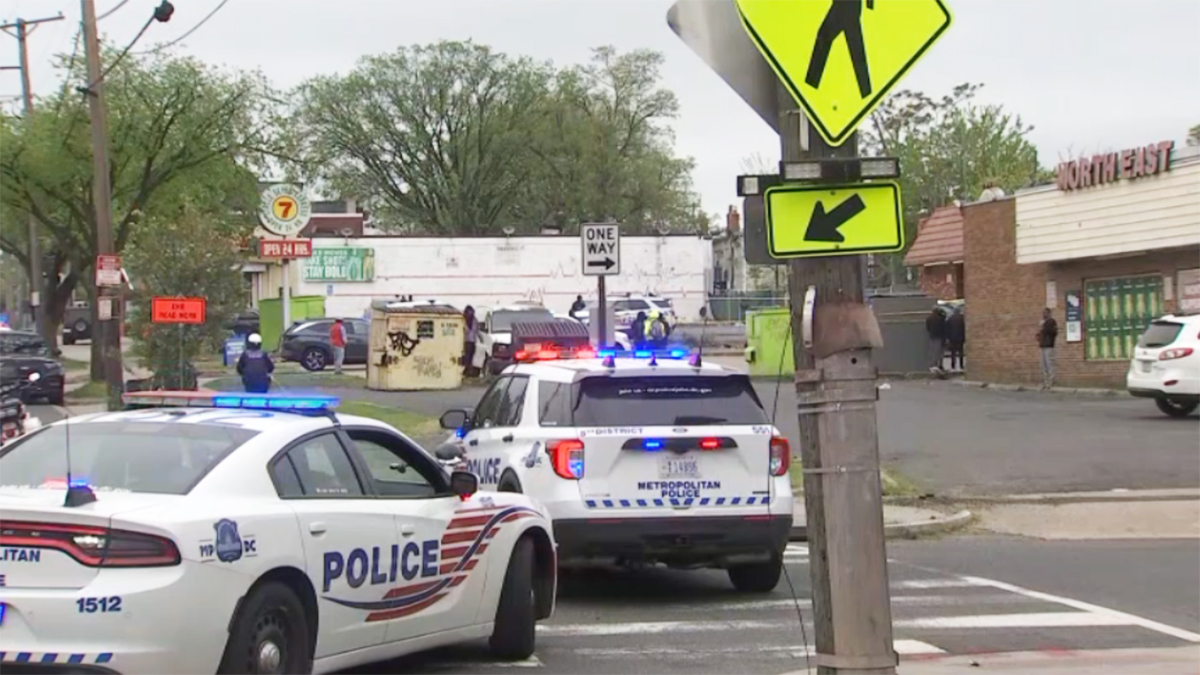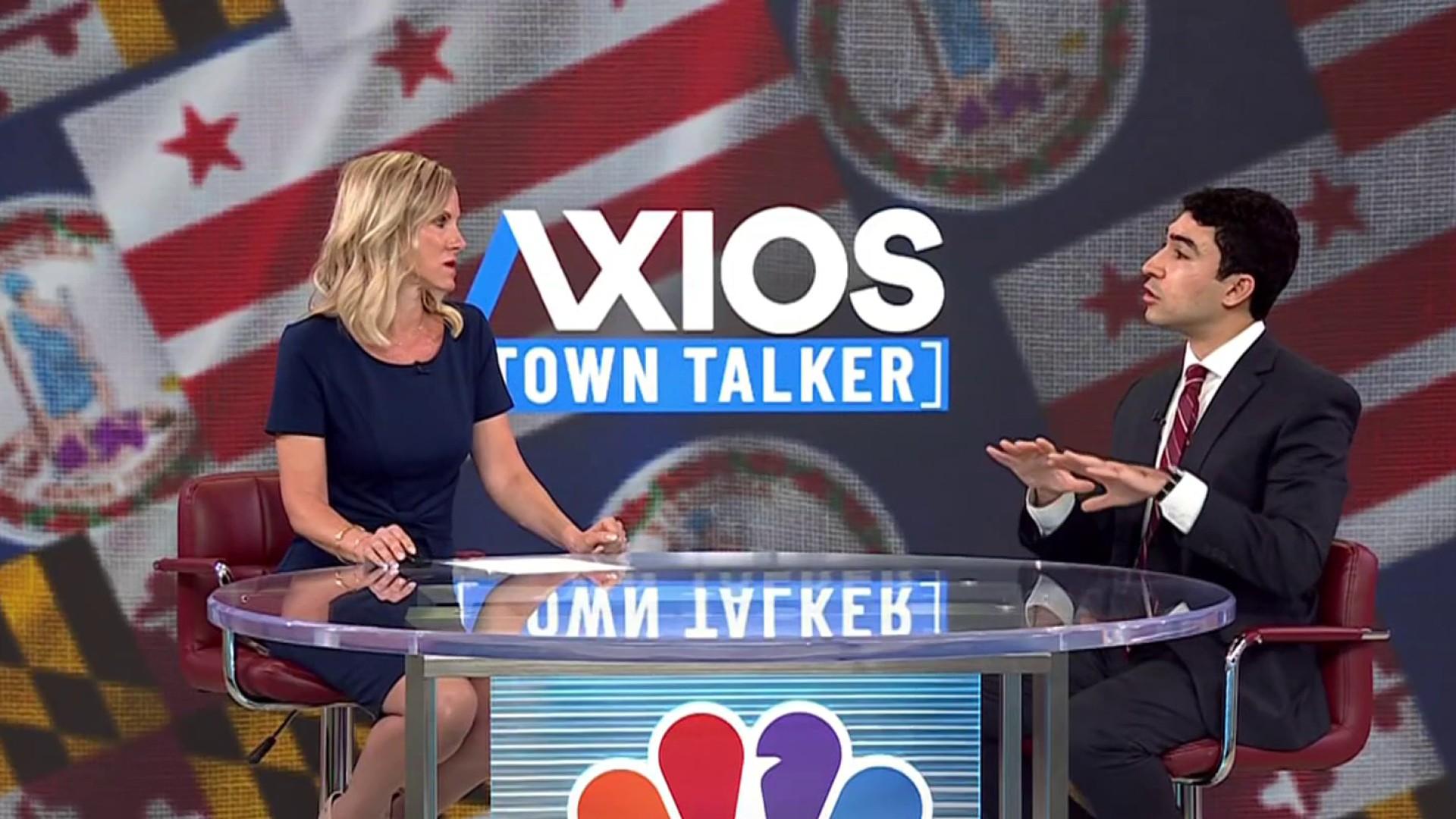Gov. Larry Hogan announced Wednesday he will release $255 million in extra education funding in the next fiscal year to begin implementing a long-term plan to improve Maryland schools, but he expressed concerns about the blueprint approved by lawmakers this year by deciding to let the measure go into law without his signature.
Hogan wrote to leading lawmakers that education remains a top priority and he has supported many initial proposals made by the Kirwan Commission, which has been studying ways to improve the state's schools.
"However, I have significant reservations about your short-sighted methods for implementing the Kirwan Commission's final recommendations — namely that they will lead to massive increases in expenditures without providing the fiscal safeguards and much-needed accountability our students, parents, teachers, and taxpayers deserve," the Republican governor wrote to Senate President Thomas V. Mike Miller and House Speaker Adrienne Jones, who are both Democrats.
In April, the General Assembly approved legislation to begin implementing recommendations made by the commission. That includes raising teacher pay and implementing programs to help low-income and special education students. The money Hogan agreed to release is the first part of about $1.1 billion in funding increases over three years in the legislation.
Cheryl Bost, the president of the Maryland State Education Association, said while educators were surprised Hogan didn't sign the bill that received unanimous support in the state Senate, they were thrilled to see it will go into effect.
"Teachers and other educators will see their largest raise since the 2008 recession," Bost said. "More than 200 high-poverty schools will add wrap-around services such as counseling and health care to break down economic barriers to learning. Schools in every zip code will hire more special educators and paraprofessionals to help struggling learners with disabilities."
In March, as lawmakers were in session, thousands of educators from the teachers' union marched outside the State House in a call for increased funding.
Local
Washington, D.C., Maryland and Virginia local news, events and information
Fully implementing the commission's recommendations would cost an estimated $3.8 billion a year in a decade for K-12 education.
Hogan pointed out in his letter that the commission did not agree on new funding formulas to help pay for the increases. The formulas were last raised in 2002. The panel decided to keep working on how the state and local governments will divide that cost.
The measure included a proposal by the governor for an inspector general to search for corruption and mismanagement of school funding, but Hogan said the measure still falls short of needed accountability and fails to provide solutions to persistently failing schools.
"In the coming months, I look forward to working with you to develop a fiscally responsible proposal that both increases accountability and improves performance outcomes," Hogan wrote.
Miller and Jones said they would schedule a hearing in October to hear from the administration on funding proposals.
"We are happy to meet with you at any time to work in concert on a bipartisan plan to fund the recommendations of the Commission, and our staff, and the entire General Assembly, is happy to hear from you at your convenience," the presiding officers wrote in a letter to Hogan.
William Kirwan, the former chancellor of the University System of Maryland who chaired the commission, told lawmakers earlier this year that the recommendations are geared toward putting Maryland schools on track to performing with the world's best.
Kirwan has highlighted the goal of closing large achievement gaps based on income, race, disability and other student groups. Kirwan also has noted that Maryland education funding, including state and local funds, is among the most regressive in the nation, meaning that districts with a high proportion of low-income students receive less funding than schools serving wealthier communities.



